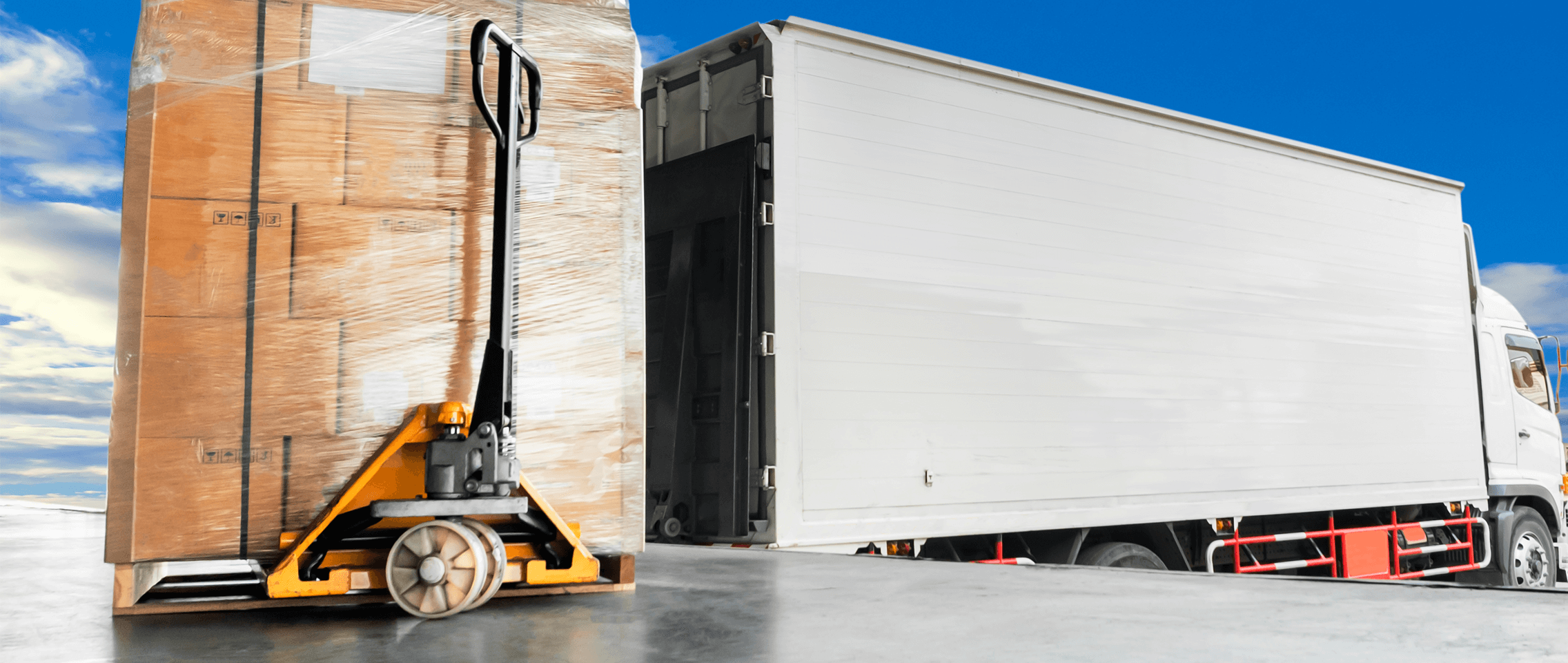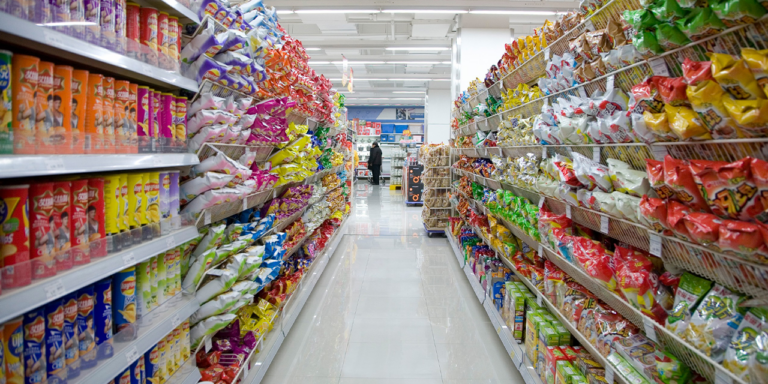Load optimization appeals to suppliers, wholesalers, and retailers alike given its many benefits. Wholesalers and retailers who order in full truck loads reduce both the environmental and economic costs of their replenishment. And logistics service providers and suppliers often offer their trading partners better terms for full truck loads because it improves their operational efficiency.
Much of the burden of load optimization falls on the suppliers and distributors loading the trucks. But wholesale and retail planners also play a significant role. The way planners order affects just how full a truck can be filled and can make the difference between paying for a vehicle packed to the brim with goods or one essentially containing stale air.
Those working in wholesale and retail supply chain management must coordinate orders to take advantage of the cost savings and improved efficiency associated with load optimization. Those who master the art of placing coordinated orders stand a better chance at bolstering profit margins in an increasingly challenging supply chain.
The challenge of ordering with load optimization in mind
Load optimization involves making the most of a shipping vehicle’s limited space. Typically speaking, that means filling a truck to capacity.
But the needs of wholesalers and retailers don’t always align with the full-truck goals of load optimization. In cases where the products you need to order on a specific day don’t fill an entire truck, it makes sense to simply order more of another product. You may be tempted to add a few extra pallets of your best-selling items when ordering manually. After all, these products never stay in stock very long, and it’s inevitable that they’d need to be ordered sooner rather than later.
The needs of wholesalers and retailers don’t always align with the full-truck goals of load optimization.
This action comes with a risk: that you end up neglecting your slow movers. Too frequently, a slower-moving item also reaches its re-order point within days of placing your initial order, forcing you to place another request with the very same supplier you just ordered from.
The worst part: you’re back to square one, asking yourself what additional items you should add to the order to fill this second truck.
Make coordinated orders to optimize your loads
There’s a better approach to load optimization: something we at RELEX call “coordinated ordering.” Proper coordinated ordering helps you optimize loads based on your most urgent needs. When an initial order doesn’t fill up a truck, ask yourself, “What items would I be ordering next based on my supply forecasts?” and add your highest priority items. Keep asking yourself “What’s next?” if this additional batch wasn’t enough to meet the order requirements, and add these extra batches of next-in-line products until you’ve filled your truck.
Coordinated ordering helps minimize inventory costs — provided your planning software’s algorithm takes item value into account.
The benefits of coordinated ordering extend beyond “just” load optimization. The process helps minimize inventory costs, provided your planning software’s algorithm takes item value into account. And your next order with this particular supplier will be pushed as far into the future as possible, reducing the need to place another order with them any time soon.
Take advantage of automatic replenishment for more efficient load optimization
There’s one big detriment to coordinated ordering, at least for those attempting to do it manually: it’s a repetitive and painfully dull task. And certain conditions and agendas can complicate coordinated ordering beyond the point of mere frustration for planners. Imagine trying to meet these conditions at the same time:
- The supplier desires orders of a particular minimum value
- The freight forwarder, having both space and weight maximums, provides discounts for full truck loads
- You want to consolidate demand from several of stock locations to more easily meet targets
- You want the shipping vehicle to be filled with deliveries coming from several suppliers on the route — including those with smaller volumes — to maximize transport efficiency
The scenario makes for an unenviable task for the person responsible for calculating the optimal order quantities — but it’s quite simple for the right replenishment software.
Automated replenishment software can identify situations where it makes more sense to order only what is actually needed, like when the warehousing costs of additional items may exceed the cost- benefit of placing an expanded order. And it can place (or not place!) orders automatically, freeing up your skilled workers to perform value-adding tasks a computer can’t perform.
Work smarter, not harder to optimize your loads
Manual ordering is often time-consuming, error-prone, and can lead to less-than-stellar results. But the right planning platform can simplify and automate the process for wholesalers and retailers. A robust digital planning platform helps supply chain planners balance the desire for full truck loads with the need to maintain appropriate inventory levels.
The powers that be at wholesalers and retailers may balk at the thought of changing a process that has been in place for time immemorial. But the improvements to operational efficiency and cost savings achieved by upgrading to the right platform are worth any initial challenges associated with new system implementation. Of course, it doesn’t hurt to choose a planning partner with a long history of overcoming challenges to deliver seamless, on-time software implementations for wholesalers and retailers alike.




